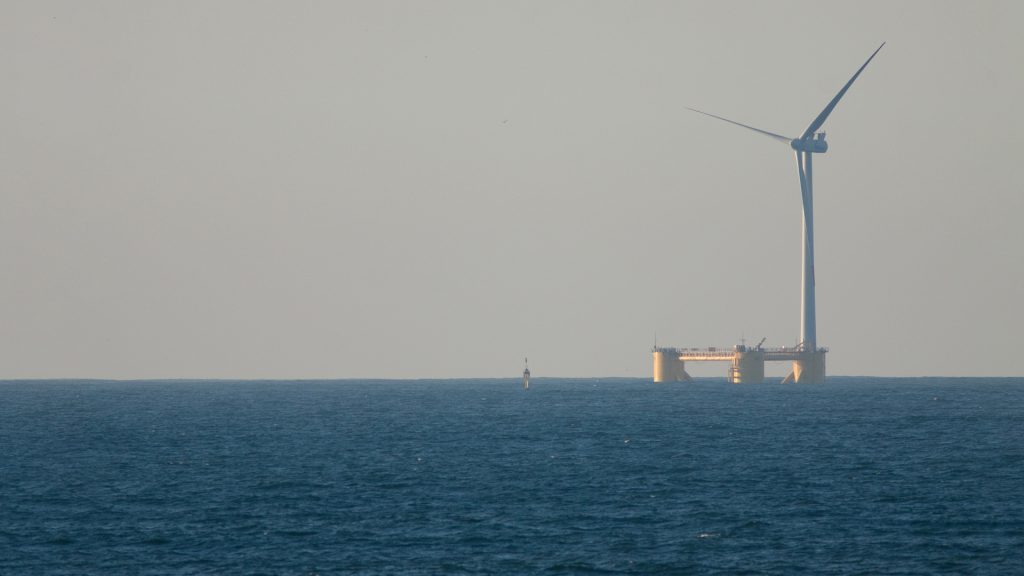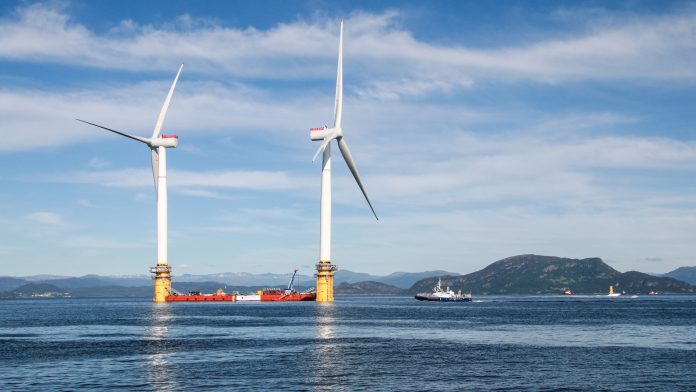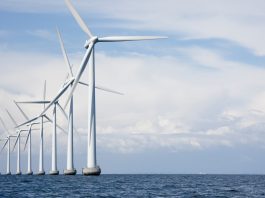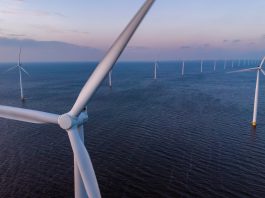Ian Mockett, Senior Market Director – Energy and Marine at COWI, argues that a tailored approach to floating offshore wind development is the only truly viable way to achieve cost competitiveness.
In a bid to commercialise floating offshore wind and reach a levelised cost of energy that is palatable to consumers, companies globally are investing heavily in research and development to drive technological advancement. With it, patent applications including ‘off-the-shelf’ floating solutions have surged, making up over half of all applications relating to offshore turbine substructures filed between 2015 and 2020.1
This interest in the substructure element of the technology is due, by and large, to the fact that innovation in this area is expected to deliver the largest cost reductions across any aspect of a floating wind project’s lifecycle. Therefore, optimising substructure design somewhat holds the key to commercialisation. Further, the cost of the substructure does not scale up linearly with turbine capacity – so once commercial viability for the substructure is achieved, the sky’s the limit in terms of keeping pace with the rest of the industry’s ambitious capacity plans.
But the answer to the cost challenge is not as simple as designing an off-the-shelf solution that will be globally applicable. If we are to unlock commercial viability for every site, it is imperative that each project design is optimised to take account of the site’s specific conditions, local content, fabrication and port facilities, operations and maintenance, and sustainability.
Materials and fabrication
While most current offshore floating projects under development are limited in capacity, in order to prove the technology’s ability to scale it is important for the industry to take a serial production mindset even now. To do so successfully is to involve the developer and contractors at an early stage to collaborate on the project’s lifecycle – rather than have the design dictate the approach. In doing so, the design becomes uniquely tailored to that specific project and accommodates specific opportunities and limitations.
For example, the designer may opt for a monopile substructure because the region has a well-respected steel fabricator. Or a flat plate rather than a curved plate is specified for the floater to accommodate the local shipyard’s automated welding capabilities.
Sustainability is a consideration too, particularly for those developers whose shareholders have a strong interest in scope two and three emissions. Of course, some solutions will always be more carbon intensive that others – depending on their steel and concrete content – however, procurement can also impact the project’s carbon footprint. While shipping steel components from Asia Pacific to Europe might be more cost competitive, depending on location, it can also be more carbon intensive in comparison to local suppliers who may only be marginally more expensive in comparison.
Port and marine
Industry is increasingly focused on ease of onsite installation, and designs – such as semi-submersibles – that can simply be floated out of port intact and are seen as inherently advantageous. However, regardless of ambition, most offshore projects, both fixed and floating, are limited in some way by regional port and marine capabilities.
Developing projects in regions with a history of constructing offshore structures – be it wind or oil and gas – will not necessarily face this same snag. However, the commercialisation of floating offshore wind could attract projects in all manner of locations – many of which may not have the same resources to rely on.
While floating offshore wind projects remain in their infancy, the question of port and marine capabilities may not be such an issue. However, if the industry is to reach zero production, it will become a key consideration and one that off-the-shelf solutions may not have the flexibility to accommodate. A tailored approach can flex to, or even innovate around, these limitations and, conversely, take advantage of new capabilities and resources as they evolve.

If we are to unlock commercial viability for every site, it is imperative that each project design is optimised to take account of the site’s specific conditions, local content, fabrication and port facilities, operations and maintenance, and sustainability.
ESG and local benefits
While the industry is very attuned to developing projects that are sympathetic to their immediate environmental surroundings, developers often find it more of a challenge to identify and quantify what further sustainability or social benefits a project might be able to achieve more broadly. In the long-term however, not generating renewable electricity in the most sustainable way will eventually be seen as contradictory to the mission.
Furthermore, when it comes to local communities many project workers and their families are also energy customers, so investing in improving their future becomes a virtuous circle. The same can be said for investing in local content to create indigenous supply chains so that developers need not rely wholly on expertise beyond their local context.
So, while driving cost economics is absolutely vital, it should not come at the expense of social or environmental factors and political support must also drive this agenda forward. For developers, a tailored approach to project development has the best possible chance of realising these additional benefits to generate the most favourable outcome for everyone.
Realising cost competitiveness
A tailored approach to floating offshore wind development is the only truly viable way to achieve cost competitiveness. Anything less risks leaving opportunities for cost savings and efficiencies unrealised and, at worst, could stifle innovation and industry progress.
It is an approach that has proved itself in the bottom fixed market time and again, where adapting designs to the limitations and opportunities present in the supply chain has been crucial to promote serial production and to bring down costs.
Finally, this is not just a consideration for the established market. In fact, emerging markets stand to benefit greatly from taking an approach that will always get the most out of the project – be it cost, community, or carbon – regardless of the confines at play.
References
- Lexology, 2020, Offshore wind power – UK leads the world in installed offshore wind capacity
Ian Mockett
Senior Market Director – Energy and Marine
COWI
+45 56 40 00 00
cowi@cowi.com
www.cowi.com
Please note, this article will also appear in the seventh edition of our quarterly publication.









